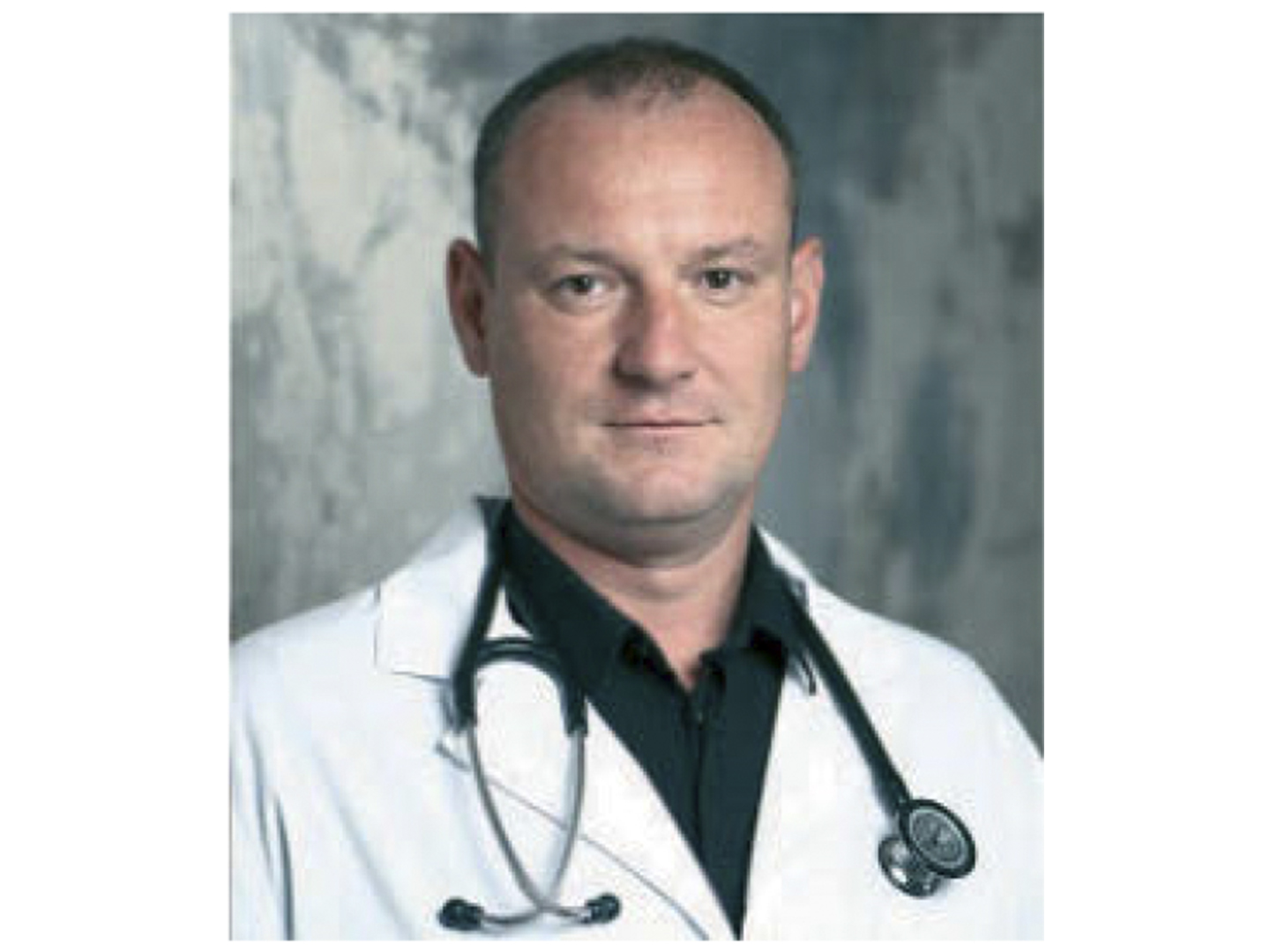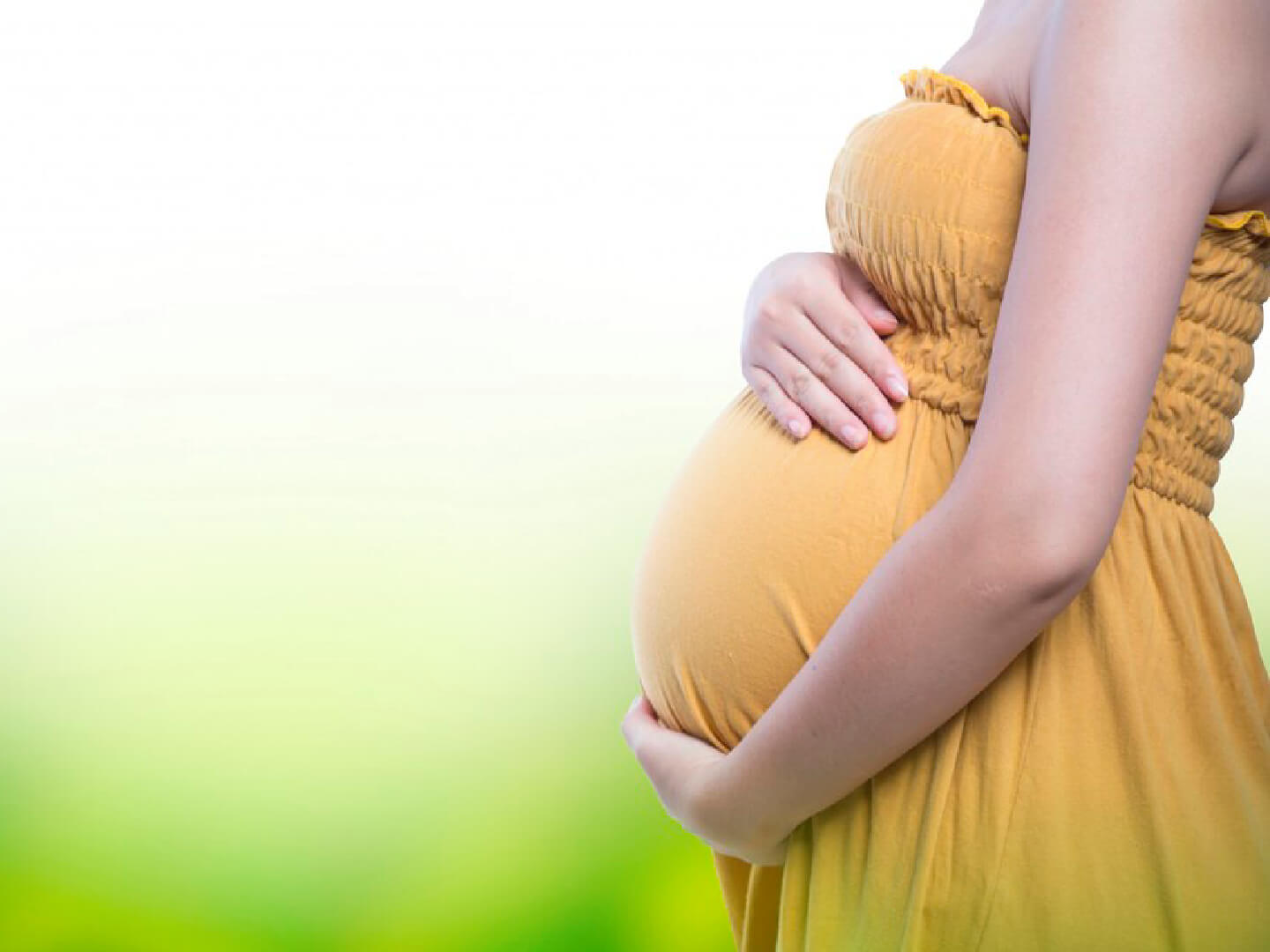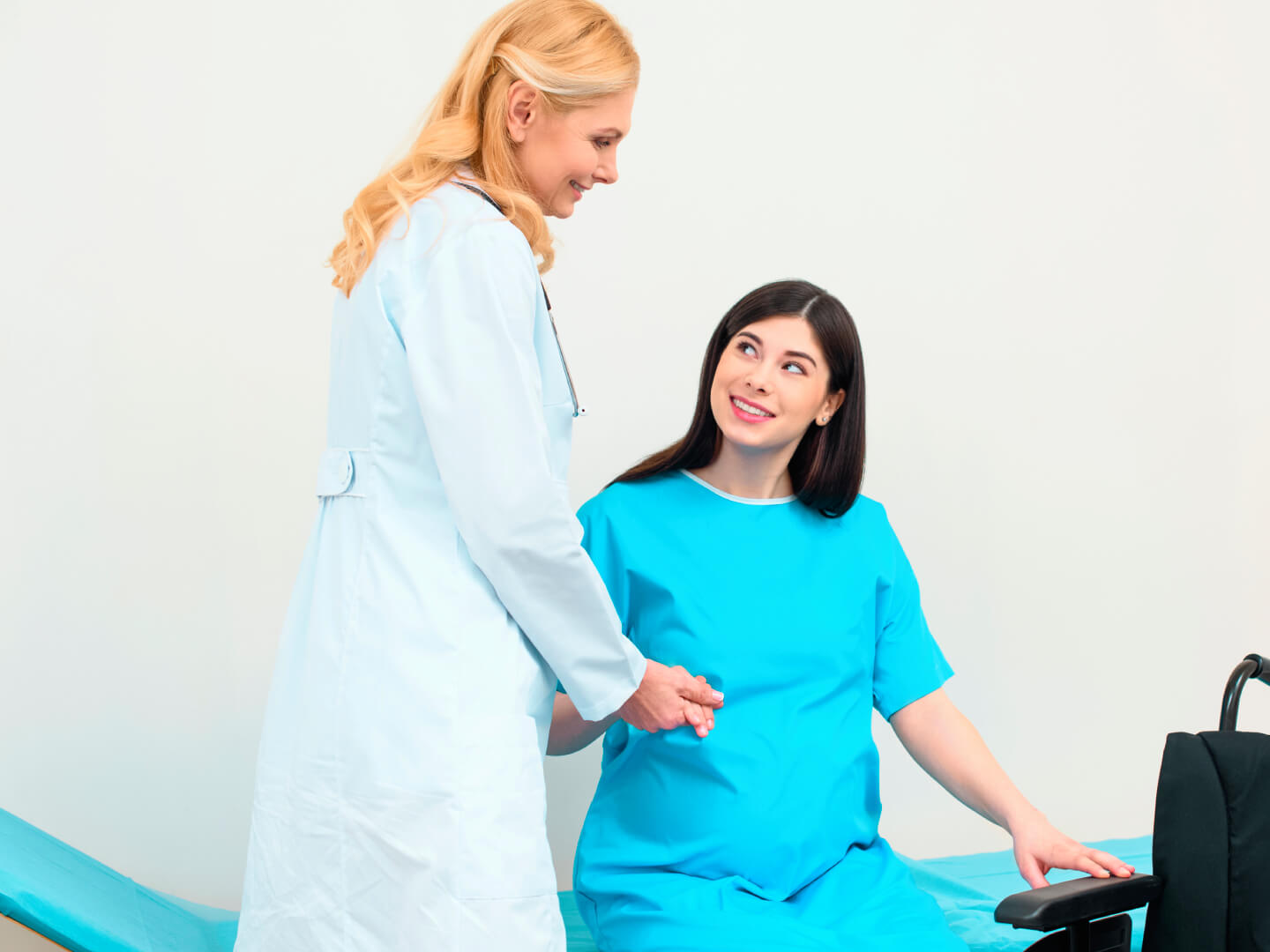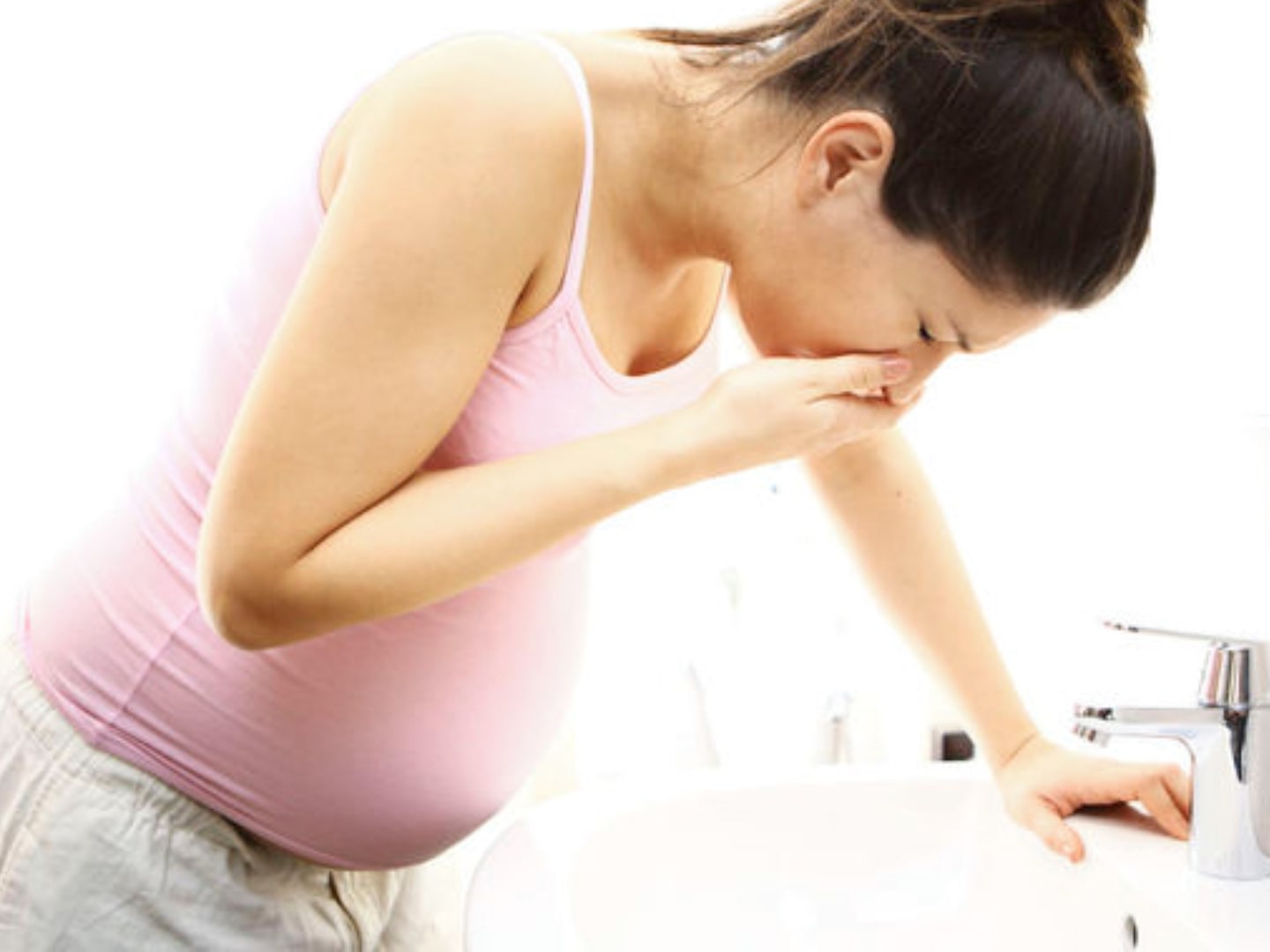Pain syndrome in adenomyosis. finding new pathogenesis links and non-hormonal correction opportunities. Literature review (Ukrainian language).
Adenomyosis is characterized by polymorphism of clinical manifestations and is the cause of chronic pelvic pain associated with endometriosis in 53–80% of cases. Heavy dysmenorrhea in adenomyosis is a key factor that reduces the quality of life and, moreover chronic pain reduces stress resistance and launches the rehabilitation cytokines cascade, which causes exacerbation of endometriosis. Formation of painful syndrome with adenomyosis may be due to: changes in neurohumoral regulation, stimulation of nerves and blood vessels growth and myometrium inflammatory remodeling against the background of circulatory disorders and vascular sclerosis. These processes lead to violation of neuroimmune relationships that determine the increase in the number and sensitivity of nociceptors against the background of the chronic immuno-inflammatory process in endometrials and myometry.
Experimental studies have shown that the supraspinal role of the nitric oxide (NO) is to indirect mechanical nociceptive reflexes. The dose-dependent L-arginine role in the pain syndrome formation also was shown; it was found that small doses of L-arginine lead to the activation of nNO-synthase and analgesic effect. Large doses are activated by cotorphine synthase to form a dipeptide of cortorphine (L-tyrosine-L-arginine), which induces the met-enkephalin release and analgesic effect. Individual studies have demonstrated a decrease in the symptoms of urinary pain syndrome during L-arginine treatment, which made it possible to include it into the European Association of Urologists recommendations on the chronic pelvic pain treatment in 2017.
Clinical comparative study (2013) of the NO donator (L-arginine) effectiveness in the treatment of endometriosis-associated intermenstrual pelvic pain and dysmenorrhea showed a high efficiency of a 3-month course of combination therapy (dienogest 2 mg + Tivortin 4.2 g). Supplement of basic therapy by NO donator (L-аrginine) has shown a faster reaching the clinical effect on reducing endometriosis-associated symptoms and sustainable maintenance of the result achieved. The multifaceted pharmacological effects of L-arginine directly affect a number of essential factors for the adenomyosis development and progression, which allows using this drug in clinical practice.
Keywords: adenomyosis, pain syndrome, neurogenesis, angiogenesis, nitric oxide, NO donators, L-arginine.
Authors:
• L.V. Kalugina, MD, leading researcher, Endocrine Gynecology Department, SI “O.M. Lukyanova IPOG of the NAMS of Ukraine”, Kyiv
• K.S. Pavlova, obstetrician gynecologist, postgraduate student, Endocrine Gynecology Department, SI “O.M. Lukyanova IPOG of the NAMS of Ukraine”, Kyiv
Literature:
- Andreev, T.S., Kleimenova, A.O., Drobintseva, V.O., Polyakova, I.M. “Signal molecules involved in the formation of new nerve endings in endometriosis (literature review).” Swing scientific results of biomedical research 5.1 (2019): 94–107.
- Van den Bosch, T., de Bruijn, A.M., de Leeuw, R.A., et al. “A sonographic classification and reporting system for diagnosing adenomyosis.” Ultrasound Obstet Gynecol (2018). DOI: 10.1002/uog.19096
- Bruijn, A.M., Smink, M., Hehenkamp, W.J.K., et al. “Uterine artery embolization for symptomatic adenomyosis: 7-year clinical follow-up using UFS-Qol questionnaire.” Cardiovasc Intervent Radiol 40 (2017): 1344–50.
- Zekavat, O.R., Karimi, M.Y., Amanat, A., Alipour, F. “A randomised controlled trial of oral zinc sulphate for primary dysmenorrhea in adolescent females.” Aust N Z J Obstet Gynaecol 55.4 (2015): 369–73.
- Bobritskaya, V.V., Chernyak, O.L. “Elimination of endothelial dysfunction in the pathogenetic mechanism of infertility.” Obstetrics. Gynecology. Genetics 4.2 (2018): 31–8.
- Cuevas, M., et al. “Stress During Development of Experimental Endometriosis Influences Nerve Growth and Disease Progression.” Reprod Sci 25.3 (2018): 347–57.
- Harmse, M.J., Wong, C.F.C., Mijatovic, V., et al. “Huirne Role of angiogenesis in adenomyosis-associated abnormal uterine bleeding and subfertility: a systematic review.” Human Reproduction Update 25.5 (2019): 646–70.
- Yang, B., Wang, L., Wan, X., et al. “Elevated plasma levels of lysophosphatidic acid and aberrant expression of lysophosphatidic acid receptors in adenomyosis.” BMC Womens Health 17 (2017): 118.
- Bruijn, A.M., Lohle, P.N., Huirne, J.A., et al. “Uterine artery embolization versus hysterectomy in the treatment of symptomatic adenomyosis: protocol for the randomized QUESTA Trial.” JMIR Res Protoc 7 (2018): e47.
- Pontis, A., D’Alterio, M.N., Pirarba, S., et al. “Adenomyosis: a systematic review of medical treatment.” Gynecol Endocrinol 32 (2016): 696–700.
- Marianna S, Alessia P, Susan C, et al. Metabolomic profiling and biochemical evaluation of the follicular fluid of endometriosis patients. Mol BioSyst. 2017;13:1213–22.
- Iacovides, S., Avidon, I., Baker, F.C. “What we know about primary dysmenorrhea today: a critical review.” Hum Reprod Update 21.6 (2015): 762–78.
- Vannuccini, S., Tosti, C., Carmona, F., et al. “Pathogenesis of adenomyosis: an update on molecular mechanisms.” Reprod Biomed Online 35 (2017): 592–601.
- Soliman, A.M., Yang, H., Du, E.X., et al. “The direct and indirect costs associated with endometriosis: a systematic literature review.” Hum Reprod 31.4 (2016): 712–22.
- Ibrahim, M.G., Sillem, M., Plendl, J., et al. “Myofibroblasts are evidence of chronic tissue microtrauma at the endometrial-myometrial junctional zone in uteri with adenomyosis.” Reprod Sci 24 (2017): 1410–18.
- Bentur, O.S. , Schwartz, D., Chernichovski, T., et al. “Estradiol augments while progesterone inhibits arginine transport in human endothelial cells through modulation of cationic amino acid transporter.” Am J Physiol Regul Integr Comp Physiol 309 (2016): R421–R427.
- Zondervan, K.T., Becker, C.M., Missmer, S.A. “Endometriosis. Review.” N Engl J Med 382 (2020): 1244–56.
- Zhou, C., Zhang, T., Liu, F., et al. “The differential expression of mRNAs and long noncoding RNAs between ectopic and eutopic endometria provides new insights into adenomyosis.” Mol Biosyst 12.2 (2016): 362–70.
- Santonastaso, M., Pucciarelli, A., Costantini, S., et al. “Metabolomic profiling and biochemical evaluation of the follicular fluid of endometriosis patients.” Mol BioSyst 13 (2017): 1213–22.
- Ma, H., Hong, M., Duan, J., et al. “Altered cytokine gene expression in peripheral blood monocytes across the menstrual cycle in primary dysmenorrhea: a case-control study.” PLoS One 8.2 (2013): e55200.
- Ramjiawan, R.R., Griffioen, A.W., Duda, D.G. “Anti-angiogenesis for cancer revisited: Is there a role for combinations with immunotherapy?” Angiogenesis 20 (2017): 185–204.
- McRae, M.P. “Therapeutic benefits of L-Arginine: an umbrella review of meta-analyses.” J Chiropr Med 15.3 (2016): 184–9.
- Rudzitis-Auth, J., Nenicu, A., Nickels, R.M., et al. “Estrogen stimulates homing of endothelial progenitor cells to endometriotic lesions.” Am J Pathol 186 (2016): 2129–42.
- Vannuccini, S., Luisi, S., Tosti, C., et al. “Role of medical therapy in the management of uterine adenomyosis.” Fertil Steril 109 (2018): 398–405.
- Leyendecker, G., Bilgicyildirim, A., Inacker, M., et al. “Adenomyosis and endometriosis. Re-visiting their association and further insights into the mechanisms of auto-traumatisation. An MRI study.” Arch Gynecol Obstet 291 (2015): 917–32.
- Orazov, M.R., Bikmaeva, Y.R., Novgin, D.S., et al. “Modern concept of pathogenesis of chronic pelvic pelvic pain induced by adenomyosis.” Bulletin RUDN. Series: Medicine 2 (2016): 127–32.
- Tatarchuk, T.F., Zakharenko N.F., Tutchenko, T.N. “New approaches to problematic treatment of genital endometriosis.” Reproductive endocrinology 3.11 (2013): 36–42.
- Abbott, J.A. “Adenomyosis and abnormal uterine bleeding (AUB-A) – pathogenesis, diagnosis, and management.” Best Pract Res Clin Obstet Gynaecol 40 (2017): 68–81.
- Maybin, J.A., Murray, A.A., Saunders, P.T.K., et al. “Hypoxia and hypoxia inducible factor-1alpha are required for normal endometrial repair during menstruation.” Nat Commun 9 (2018): 295.
- Vicente-Munoz, S., Morcillo, I., Puchades-Carrasco, L., et al. “Pathophysiologic processes have an impact on the plasma metabolomic signature of endometriosis patients.” Fertil Steril 106 (2016): 1733–41.
- Nie, J., Liu, X. “Immunoreactivity of CD68, granulocyte-macrophage colony-stimulating factors receptor and von willebrand factor and its association with dysmenorrhea severity and the amount of menses in adenomyosis.” Int J Clin Exp Med 9 (2016): 20856–65.
- Hhmel, I.I., et al. “Antioxidant therapy in women with infertility against the background of brilliant endometriosis.” Bulletin of social hygiene and organization of health care of Ukraine 4.74 (2017): 104–6.
- Linde, V.A., Reznik, M.V., Tarasenkova, V.A., Dogian, D.A. “Adenomyosis as an independent disease (literature review).” Obstetrics and gynecology of St. Petersburg 3–4 (2018): 70–2.
- European Association of Urology. Chronic Pelvis Pain. Guideline. Available from: [https://uroweb.org/guideline/ chronic-pelvic-pain/#5], last accessed Apr 5, 2021.
- Verma, N., Singh, A.K., Singh, M. “L-arginine biosensors: A comprehensive review.” Biochem Biophys Rep 12 (2017): 228–39.
- Sokolova, L.K., Pushkarev, V.M., Tronko, M.D. “L-arginine in norm and pathology.” Endokrynologia 24.4 (2019): 373.
- Karlsson, W.K., Sørensen, C.G., Kruuse, C. “L-arginine and l-NMMA for assessing cerebral endothelial dysfunction in ischaemic cerebrovascular disease: A systematic review.” Clin Exp Pharmacol Physiol 44.1 (2017): 13–20.
- Jingjie Li, Lihuan Guan, Huizhen Zhang, et al. “Endometrium metabolomic profiling reveals potential biomarkers for diagnosis of endometriosis at minimal-mild stages.” Reproductive Biology and Endocrinology 16 (2018): 42.
- Morris, S.M., Jr. “Arginine metabolism revisited.” J Nutr 146.12 (2016): 2579S–86S.
- Ahn, S.H., Singh, V., Tayade, C. “Biomarkers in endometriosis: challenges and opportunities.” Fertil Steril 107 (2017): 523–32.
- Szefel, J., Danielak, A., Kruszewski, W.J. “Metabolic pathways of L-arginine and therapeutic consequences in tumors.” Adv Med Sci 64.1 (2019): 104–10.






